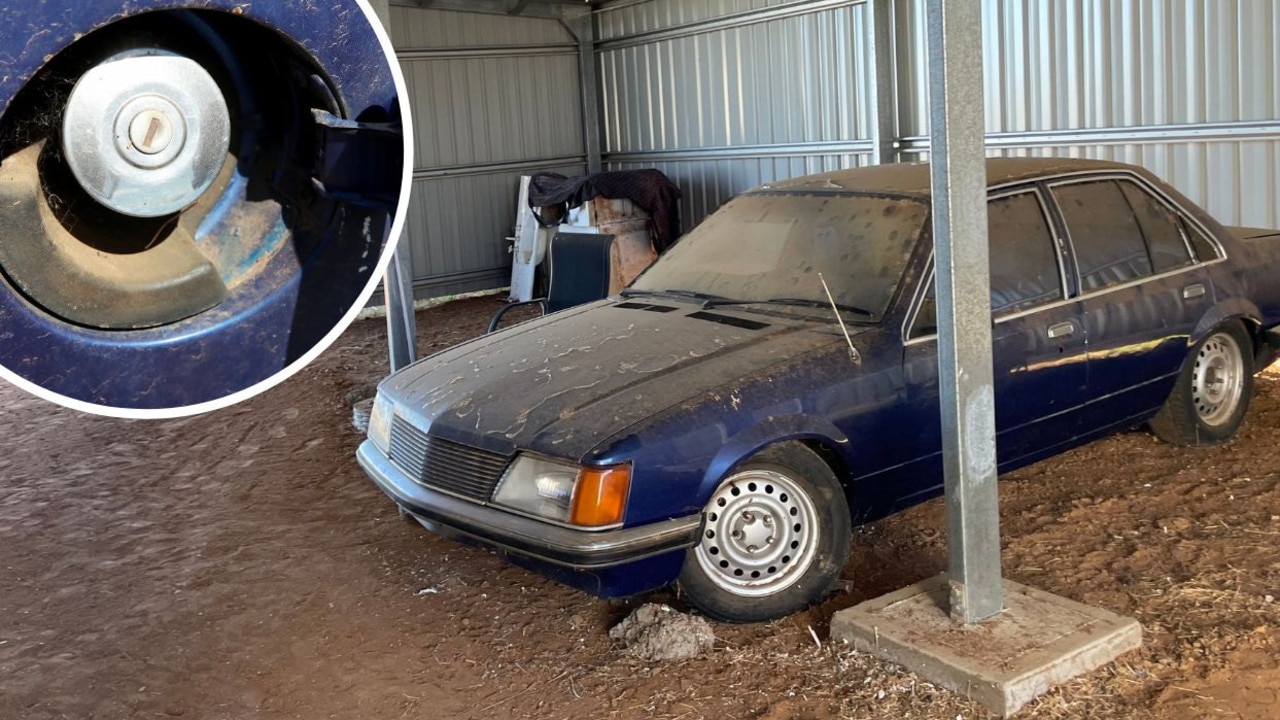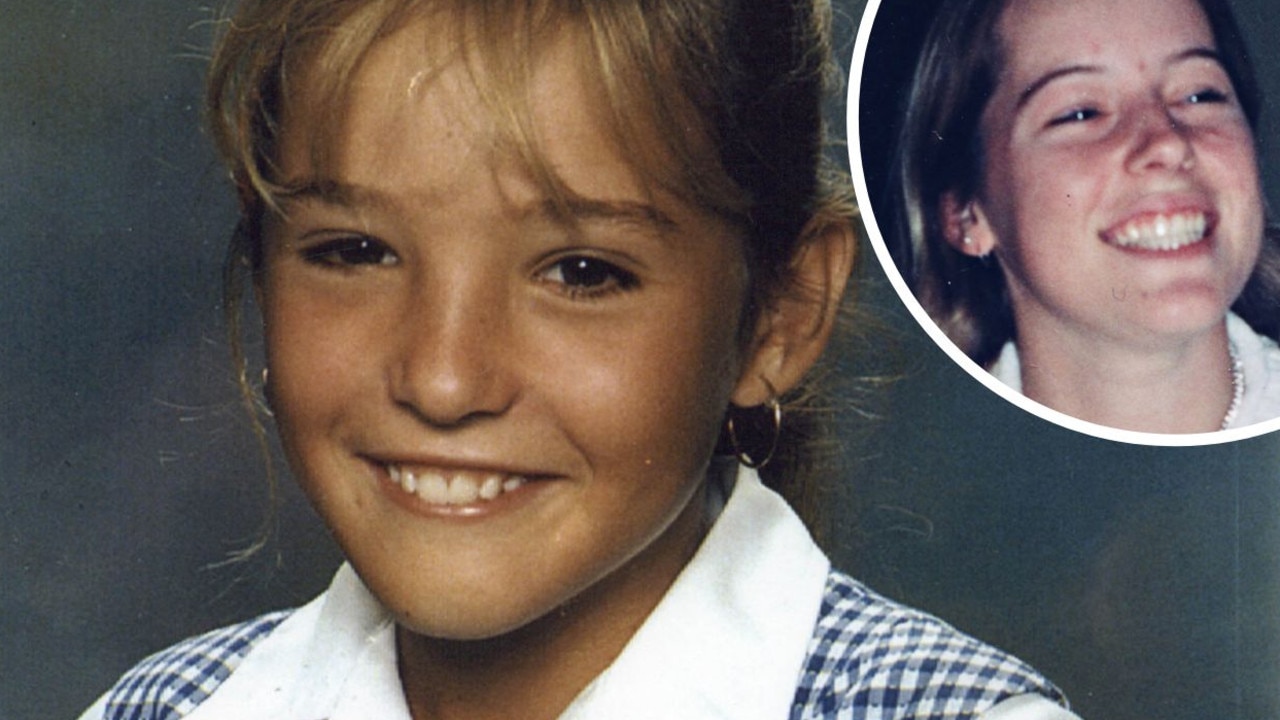Inside a killer’s mind: Experts’ eerie insights into Rachelle Childs’ murderer
Rachelle Childs’ killer remains at large, but an FBI-trained profiler explains why he would have confessed to someone in the past two decades. See the video and listen to the podcast.
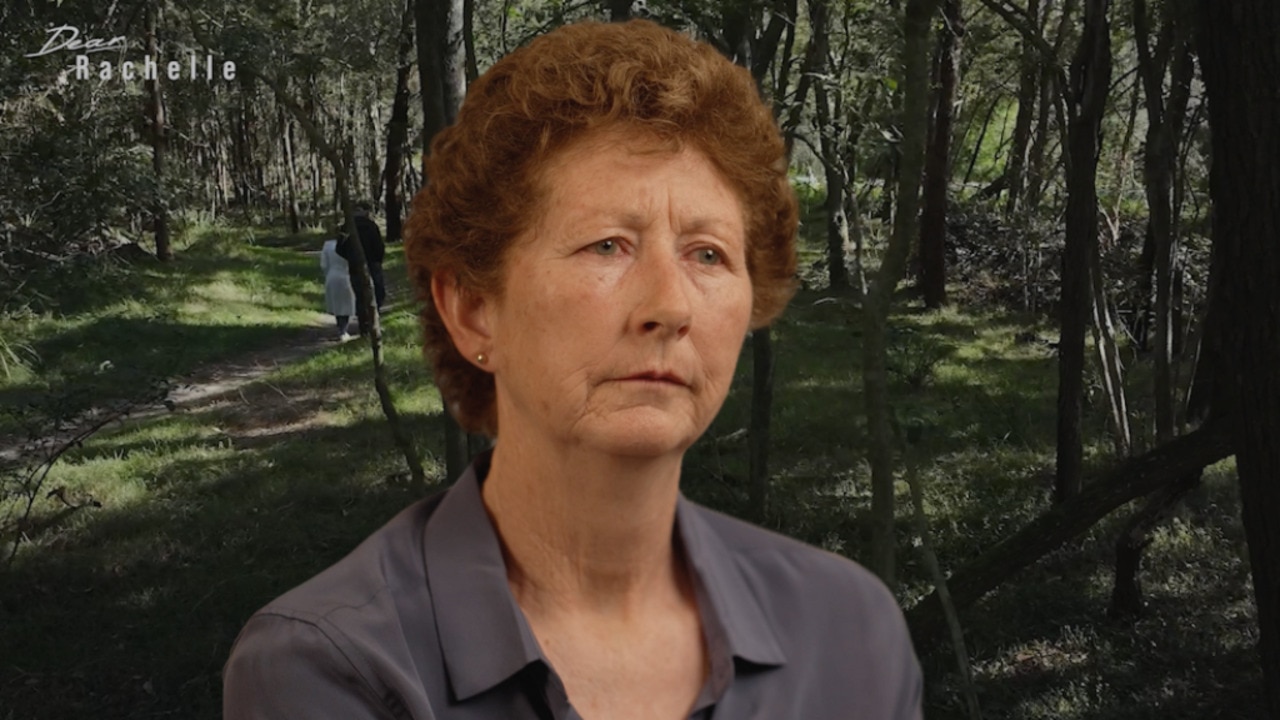
Dear Rachelle
Don't miss out on the headlines from Dear Rachelle. Followed categories will be added to My News.
We don’t know who killed Rachelle Childs.
But we can apply expert analysis to explain the kind of person he is.
On the night of June 7, 2001, Rachelle’s killer was violent, panicked and lacking in self-control.
Since Rachelle’s death, if he’s true to his purported profile, the killer is most unlikely to have kept silent about his murderous act.
Fear of exposure, almost 24 years later, will make him scared and angry.
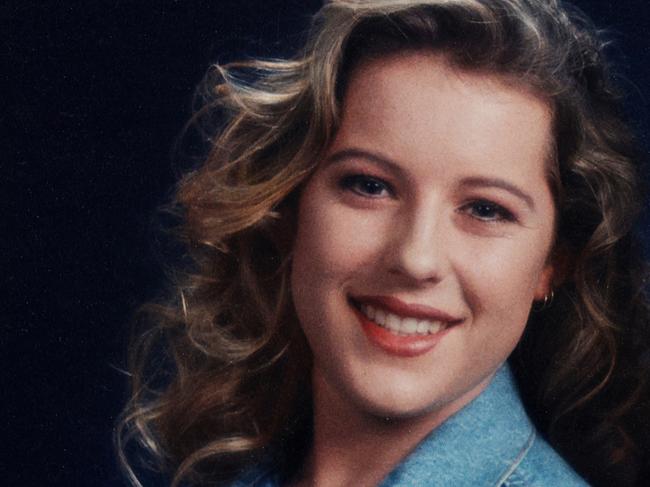
The markers of this criminal mind are set out by criminal profiler Kris Illingsworth. She was FBI-trained and worked as the NSW Police profiler for a decade.
She visited the bushland hollow, on NSW’s south coast, where Rachelle’s body had been earlier found, as part of a NSW homicide squad re-examination of the unsolved crime in 2003.
It’s one of the cases over a 25-year police career that she “couldn’t forget”.
WATCH THE VIDEO IN THE PLAYER WINDOW ABOVE
The first thing to know about Rachelle’s killer is that she knew and trusted him.
She consented to his company. An absence of telecommunication evidence suggests that he was nearby in the hours before she left work for the last time.
Yes, we keep saying “he”. The killer is male. Given the state of Rachelle’s undress, when her remains were discovered, the crime almost certainly was sexually motivated.
LISTEN TO EPISODES 1-4 OF THE PODCAST BELOW:
The killer would have had a history of impulsive violence, and issues with self-control, in dark twists of nature which would have amplified since.
He wanted control over Rachelle. He had probably forced himself on women before. Rachelle would not give him that control over her.
Yet Illingsworth, now a consultant in behavioural threat assessment, says that Rachelle’s killer had probably not planned to kill her that night.

Illingsworth thinks that he was a passenger in Rachelle’s Holden Commodore for the 100km or so drive to the south coast. She may have consented to his company, but was unlikely to have allowed him to drive her prized car.
Illingsworth posits that Rachelle’s refusals to submit to his desires prompted his murderous outburst.
Rachelle may have been strangled, or smothered, both physical efforts much more strenuous than crime movies suggest.
“She would have figuratively pushed back and then perhaps even literally pushed back,” she says. “From there, he wants something, she’s not giving it, and it escalates with more force. Until at some point, he decides to kill her or just gets into a situation where it happens.”
There was heinous violence in the end, injuries inflicted – and perhaps received – in the final struggle. But there was no torture. The killer would have been better planned for the disposal of Rachelle’s body if he was a torturer.
There was knowledge of forensic evidence, as shown by the grisly choice of setting Rachelle’s body on fire, with a precision at odds with the efforts to hide the body and Rachelle’s possessions.
It’s unclear whether the decision to incinerate Rachelle’s remains was the first option.
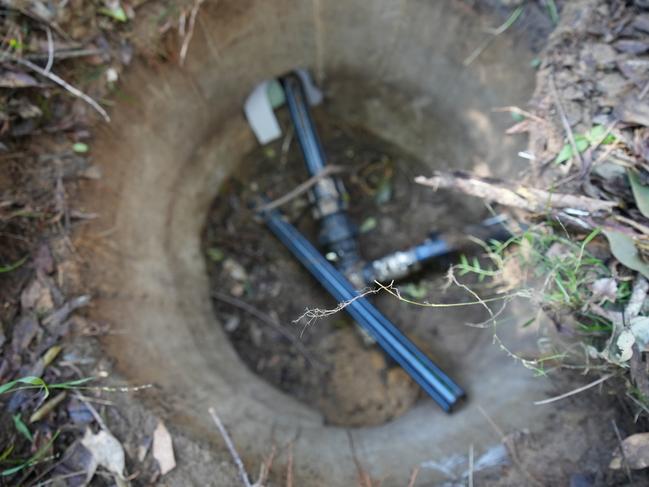
Rachelle’s body was placed on a concrete water tank, only metres from the main road in Gerroa, which suggests haste in the selection. The lid, at ground level, appeared to have been edged open with a broken branch, as if it was planned to conceal her inside the tank.
There were many, many “better” places to dump a body than Rachelle’s final location, which also implies a lack of premeditation.
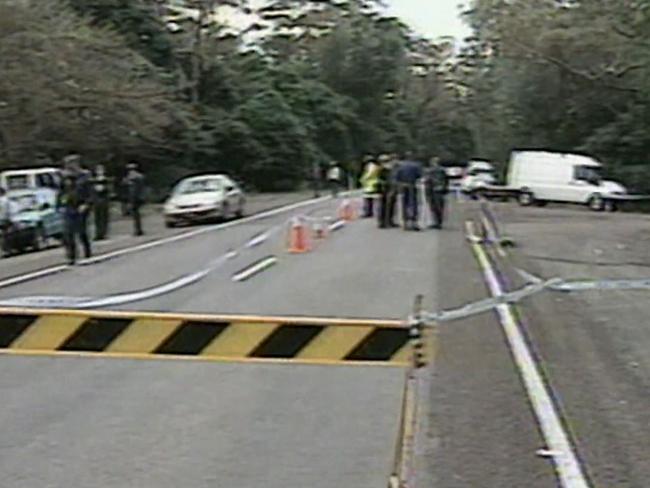
Former Detective Inspector Mick Ashwood has worked extensively with Illingsworth.
“So if you don’t know what to do when you kill someone for the first time, you don’t know where to dump the body,” he says.
“You don’t know what to do with how to protect yourself (in terms of covering up the crime). What you want to do (ideally) is place yourself as far away from the victim as you can.”
Counsel assisting the coroner into Rachelle’s death, Peter Singleton, says that even psychopaths get nervous when at risk of being caught.
“And it’s a highly risky part of your life to be disposing of a dead body,” he says. “So you’re likely to want to do it in a place you’re comfortable with.”
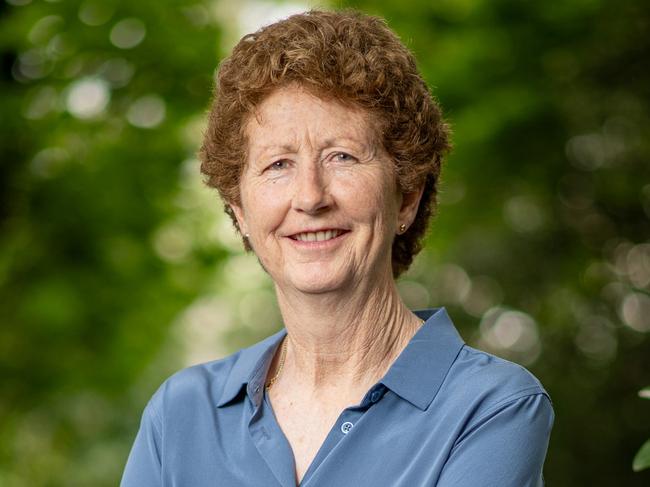
Illingsworth says that “sloppy” dumping of Rachelle’s property also points to a lack of strategy. The killer stopped three times, on his return journey, in what was probably Rachelle’s car, to discard some items which could have implicated him in her death
A few kilometres down the road, he threw a white sheet, which had been in the boot of Rachelle’s car, into a paddock.
Illingsworth surmises that the sheet was used to help drag Rachelle, by the feet or ankles, from the road’s edge to her resting place.
In Tahmoor, well over an hour further north, he made two more stops.
In one, he dumped Rachelle’s shoes.
In another, about 4km to the north, he hoicked her handbag from the road’s edge into a farmer’s paddock.
Their dump positions suggest that the killer lived north of Tahmoor, towards or beyond the towns of Picton and Camden.
The next day was Friday. The killer may have gone to work, to keep up appearances, but he would have been anxious, agitated, disengaged and not paying close attention, in tells which might have appeared marked to anyone alert to them. Illingsworth describes a kind of trauma for the killer, and a fear that the police would knock on the door.
If he knew Rachelle, then yes, he would have attended her funeral, to keep up appearances, but not because he would derive perverted pleasure from doing so.
His violent impulses would have become more ingrained in the years since. His “effective violence” might have manifested in domestic violence incidents. He’d tend to monitor, control and even stalk a partner.
He’d react to a partner who did not give him his way or do exactly as he prescribed, including extreme or coercive sex acts.
He has probably been brought to police attention for this behaviour. “It would be that heated, impulsive kind of violence,” she says. “With that kind of violence you’d also see coercive control behaviours as well – monitoring of the partner, control like that.”

His impulsive temper would lead to workplace arguments, perhaps a string of jobs which didn’t last long, and a possible tendency to drink more heavily when he was stressed.
“I don’t think he was a killer, as such, at least not at that point,” she says. “I think he’s more the type that just can’t exercise good control of himself or even over a victim.”
He may have unstable employment and relationship histories because of his personality. “He’s probably known as someone with a temper, someone who reacts badly when he doesn’t get his way,” Illingsworth says.
LISTEN TO THE BONUS INVESTIGATION UPDATE EPISODE HERE
Perhaps he wields an inner sense of cockiness in that he has gotten away with this crime for so long. But renewed interest in the case will trigger anxiety (and shows of aggressive behaviour at home) in part because “this is not the kind of offender who would keep his mouth shut”.
He will monitor the media, to find out if new facts have come to light.
“He may not have said, ‘I killed her’, but he may have said things about the crime, things about the car, things about the handbag or the shoes that could just stand out to someone who heard it,” she says.
“And it’s those people that the investigation needs to come forward.”
For more information about our investigation, visit dearachelle.com.au
If you have any tips or confidential information, please contact investigative journalist Ashlea Hansen at dearrachelle@news.com.au.
You can also join our Dear Rachelle podcast Facebook group.
More Coverage
Originally published as Inside a killer’s mind: Experts’ eerie insights into Rachelle Childs’ murderer




